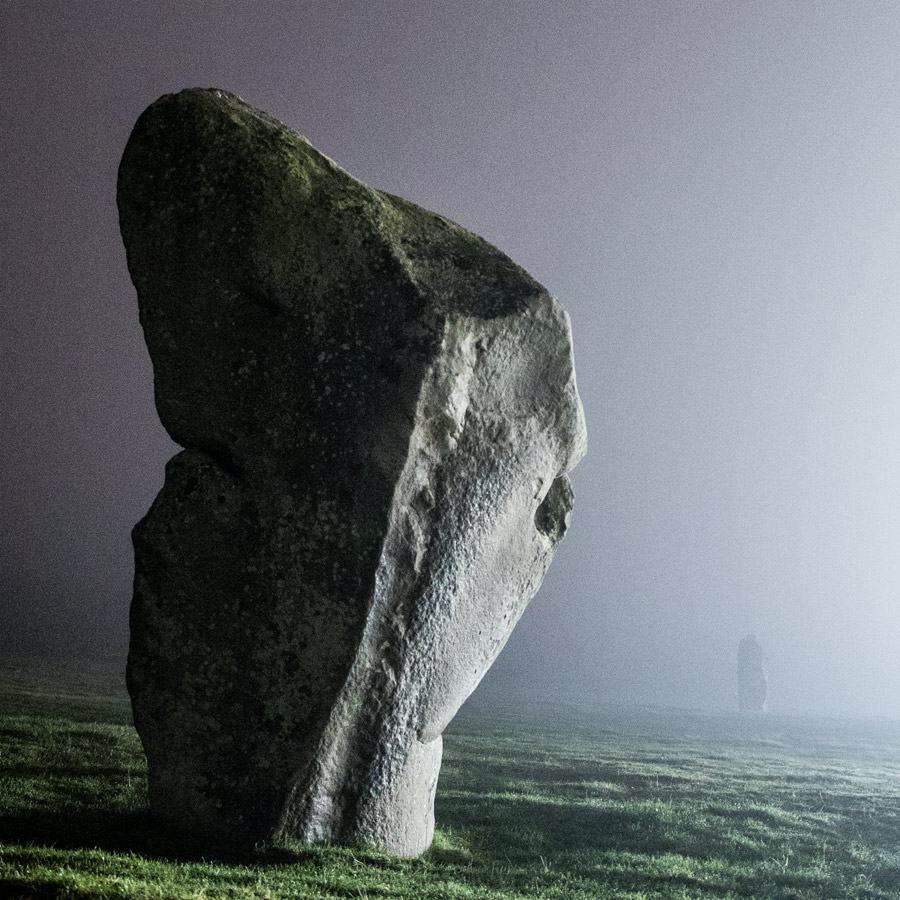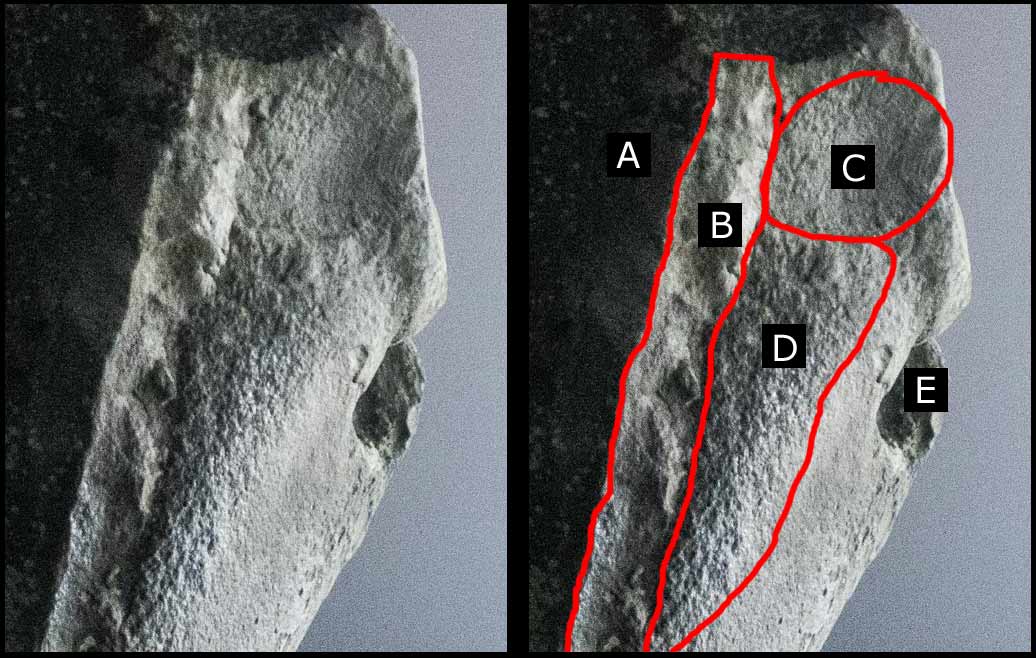|
|
Singing Goddess Faces The Light (Stone 35a, West Kennet Avenue - December 2016) |
|
|
|
|
This carving represents one of three stunning female faces on this monolith click here for details |
|
|
Important Note - my image here and the notes below were my own independently derived work made/written before I purchased Di Pattison's "Avebury Stones" book in September 2020. I expressly acknowledge Di Pattison got here first (her book was published in 2013) and although my own comments on how this face were made are somewhat different to hers I acknowledge her primacy on this point. I am intrigued that we both independently believed the statue to be singing! I respectfully suggest that my photo and notes on this webpage be seen as subsequent and independent corroboration of Di Pattison's work in relation to this carving. This singing Goddess has a hidden and previously unknown sister (also singing) that I discovered - click here to view her |
|

